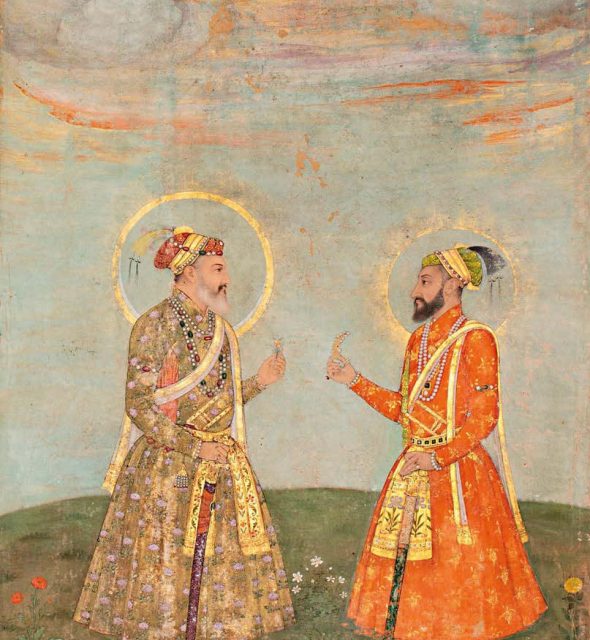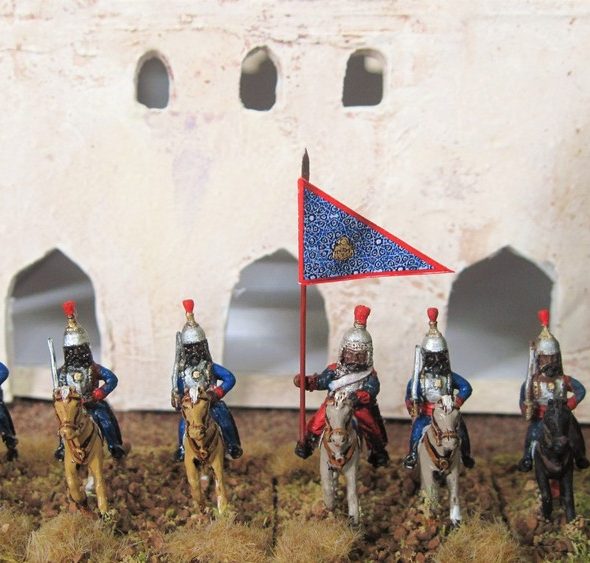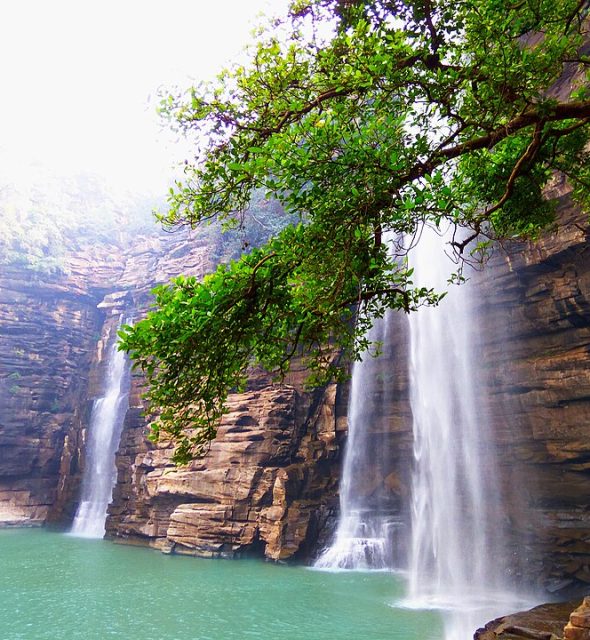
\'ABDULLA BHAI\', Abdul according to some Sikh chroniclers, was a Muslim minstrel who recited heroic balladry at Sikh congregations in the time of Guru Hargobind (1595-1644). Abdul was born in the village of Sursingh, now in Amritsar district of the Punjab. He first came to Amritsar in 1606 at the time of the installation ceremony for Guru Hargobind at the Akal Takht. According to Gurbilas Chhevin Patshahi, he and his companion, Bhai Nattha, sang the stanza on the occasion: The Throne everlasting Has by the Holy Guru\'s presence become haloed, Indescribable is its splendour, How may I sing its glory! Seeing the Guru, Both the sun and the moon were shamed.

ADVENTURES OF AN OFFICER IN THE PUNJAB (2 vols.) by Major H. M. L. Lawrence, under the pseudonym of Bellasis, published in AD 1846 by Henry Colburn, London, and reprinted in 1970 by the Languages Department, Punjab, Patiala. The book which is a rambling account, half fact half fiction, of the author`s adventures, provides information about the rise of the Sikhs and about the person and government of Maharaja Ranjit Singh. This is "a dose of history, which the reader may read or not, as he pleases" (p. 236), mixed with scandal and bazaar gossip.

AHRAURA, a small town in Mirzapur district of Uttar Pradesh, 40 km south of Varanasi (25°20\'N, 8205-81 E). has a Sikh shrine called Gurudwara Bagh Shri Guru Tegh BahadurJi Ka. Guru Tegh Bahadur visited Ahraura in 1666 in the course of his journey in the eastern parts. It is said that he told a devotee, Bhai Sadhoji, to plant a tree. This was the beginning of a garden which still exists. From this garden (bagh), the Gurdwara derives its name. A closet called Nivas Sthan marks the room in which Guru Tegh Bahadur is said to have stayed.
AKAR, a village in the interior of Patiala district, possesses a historical shrine called Gurdwara Nim Sahib. The Gurdwara commemorates the visit of Guru Tegh Bahadur who, during one of his journeys through the Malva territory, put up here near a mm (margosa) tree, which still exists. The leaves of one of the boughs of this tree which leans over the shrine are tasteless while those on the rest of the tree possess their natural bitter taste. The miracle is attributed to Guru Tegh Bahadur, who is said to have pulled off a twig from this branch and used it to cleanse his teeth.
ALAM CHAND HANDA, a Sikh of Guru Arjan\'s time. As says Bhai Mani Singh, Sikhan di Bhagat Mala, Alam Chand, along with Bhai Murari Anand, Bhai Kaliana, Bhai Nanori, Bhai Latkan of Bindrao clan, and Bhai Saisaru Talvar, once came to the Guru and spoke with folded hands, "0 support of the support less, show us the way to liberation." The Guru said, "Practise the sabda, or the sacred word, and serve others." Alam Chand said, "Lord, our minds are humble as long as we are listening to the sacred hymns, but they go wayward the moment we leave the sangat.

ALLARD, JEAN FRANCOIS (1785-1839), Chevalier of the Legion of Honour, an order instituted in 1802 by Napoleon I, was born at Saint Tropez, France, on 8 March 1785. In 1803, he joined the French army and served in it fighting in the Imperial Cavalry in far flung fields in Italy, Spain and Portugal until its final defeat at the hands of the allies in 1815 when the Imperial Guard, in which he had been serving as a lieutenant since 1810, was disbanded.

ANANDPUR SAHIB RESOLUTION, a frequently invoked document of modern Sikhism pronouncing its religious rule as well as its political goal. After having enjoyed power under chief ministers, Gurnam Singh and Parkash Singh Badal in the Punjab, newly demarcated in 1966, Sikhs as represented by their premier political party, the Shiromani Akali Dal, were able to capture only one seat at the elections to Indian Parliament (1971) from among the 13 which were Punjab`s portion. In the Punjab Assembly elections which took place in March 1972 their tally was a mere 24 seats out of a total of 117, and the Punjab Government passed into the hands of the Congress Party, with Giani Zail Singh (later, President of India) as chief minister.








